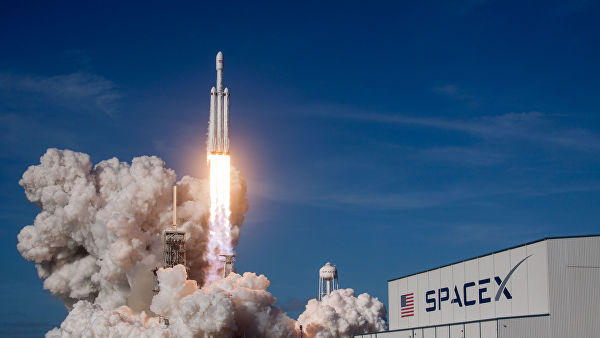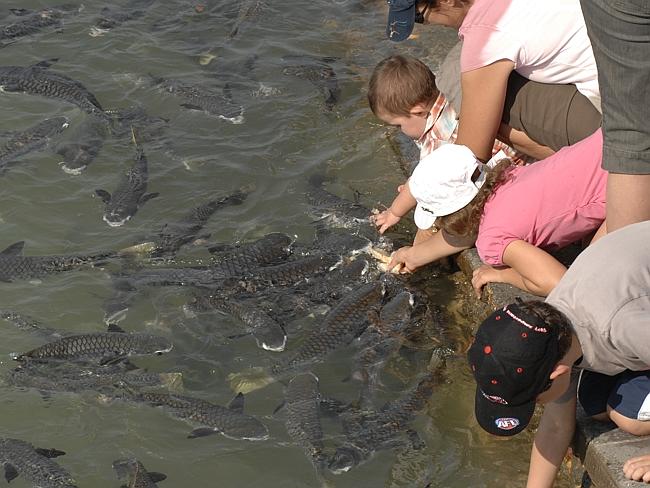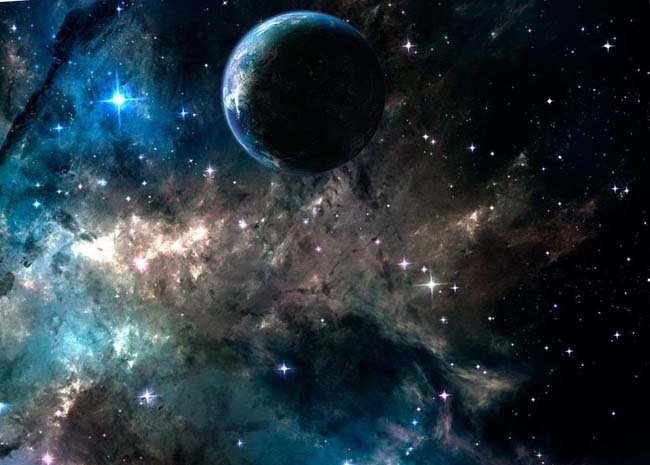‘Space’
Interesting Facts About Space
The monks in 16 century recorded a giant explosion on the back of the moon. Likely, it was a big meteor, which crashed into the moon and left a large crater. Ok, that the moon was between us and the meteor! Read the rest of this entry »
This is also interesting:
With three satellites, SpaceX lost communication

From the first batch of satellites Ilona Mask, consisting of 60 satellites, 3 the apparatus did not come to the necessary orbit, and reconnect with them cannot. Problem not discussed. Read the rest of this entry »
Chemical processes at the death of stars, Ch. 2

At first glance, the merging of two helium nuclei, each of which consists of two protons and two neutrons, should produce the light isotope of beryllium-8, consisting of four protons and four neutrons. It is an unstable isotope of beryllium, which quickly dissolves, but still high enough temperature the dying star, When it exceeds the kernel 100 million degrees Kelvin, These core live long enough, to merge with a third helium nucleus, creating a precious element — carbon-12.
And so it appeared all carbon in the universe — each carbon atom in every living creature on the planet was made in the heart of a dying star.
…
Helium burning phase does not end "Alchemy" synthesis of carbon, because during this intensely hot phase in the life of Star conditions allow the core helium "latch" in novoispechennom carbon core and create another vital element-oxygen.
Compared to the lifetime of a star the operating time of the star «pipeline», producing carbon and oxygen, does not exceed the moments. For about a million years of helium, power core, will be spent, and for many stars on this fusion of atoms of elements will stop.
The star becomes increasingly unstable: awesome point will increasingly grow under internal pressure, So long, After all, all the stellar atmosphere will not explode, throwing away precious cargo of oxygen, carbon, hydrogen and other elements in the Cosmos.
After this brief cosmic light show ends, Star of medium size shrinks to the object, not exceeding dimensions of Earth. A white dwarf is the fate of such stars and billions of similar, but for massive stars, such as Betelgeuse, in this case will not end.
If the star has a mass of, twice the mass of our Sun, It will continue to develop chemical production, creating atoms all heavier elements.
The first twenty-five elements are created inside stars, the rapid growth of the "production line" reaches the block twenty-sixth element-iron, is created from a complex cascade of reactions of synthesis, supported Silicon. At this stage the temperature of a star is not less than 2500 million degrees Kelvin, but nowhere to go. Achieved the peak of nuclear stability, and there is no more energy, that could be reclaimed by adding more protons or neutrons to the nucleus of the atom of iron.
The final stage of production of iron lasts only a couple of days, Turning the "heart" of the star in nearly pure iron, When a star beats in a desperate attempt to free all nuclear energy "until the last breath" and overcome gravity. Here the merge process completes; the kernel only once enough stars to synthesize iron, and it will live for only a few seconds. Force of gravity must now win, and the star will collapse under its own weight, forming a planetary nebula.
В начало статьи: Chemical processes in stars proihodjashhie









 Adventure travel: Leave all your worries at the beginning of the trails, compilation
Adventure travel: Leave all your worries at the beginning of the trails, compilation Melbourne Cup
Melbourne Cup Istanbul. Travel in antiquity
Istanbul. Travel in antiquity  Жители Долины Мэри получили собственность, как выигрыш в лото, ч3
Жители Долины Мэри получили собственность, как выигрыш в лото, ч3 For Australians with low earnings United Kingdom will introduce new visa rules
For Australians with low earnings United Kingdom will introduce new visa rules
 Nine of the most unusual sights in Europe, Part 3
Nine of the most unusual sights in Europe, Part 3 10 лучших маршрутов на авто по Новой Зеландии, Part 2
10 лучших маршрутов на авто по Новой Зеландии, Part 2




